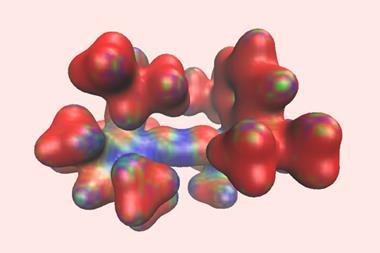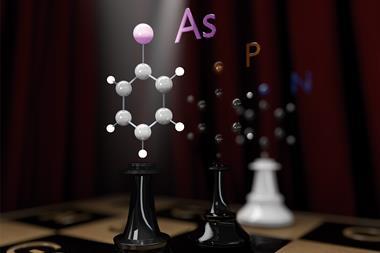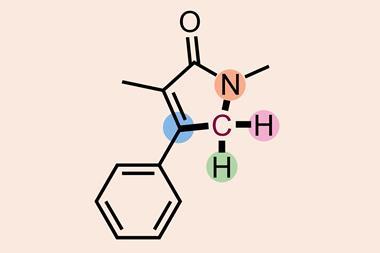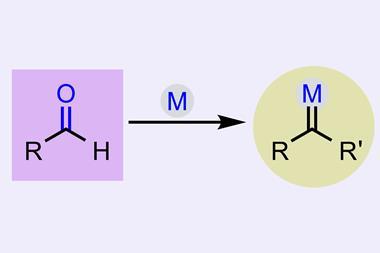The practical importance of N-heterocyclic carbenes continues to grow
If you ever need an example of a class of compounds that has evolved from being an academic oddity to a stalwart of organic and organometallic chemistry, then look no further than N-heterocyclic carbenes (NHCs).
For a long time, chemists generally thought of carbenes – molecules containing a neutral carbon atom with two unshared electrons – as purely transient species that were too unstable to ever be isolated. That all changed when Guy Bertrand’s team synthesised a stable (phosphino)(silyl)carbene in the late 1980s just before Bo Arduengo’s team prepared a stable NHC a few years later. Persistent carbenes were attainable.
Few would have predicted that NHCs would become a field in their own right. Unlike most other carbenes, several NHCs can be stored and bottled. This is thanks to a combination of steric and electronic effects. The nitrogen atoms in NHCs can stabilise such singlet carbenes by withdrawing electrons as well as by donating a lone pair into the otherwise empty p-orbital on the carbene.
NHCs are chiefly considered to be good spectators; for serving as ligands in a wide range of main group, transition metal and f-block species, and as organocatalysts. Their strong δ-donating nature enables tight ligand binding – so much so that an NHC ligand replaced a phosphine moiety in second generation Grubb’s catalysts.
A study we reported on last month, however, adds to a growing appreciation that NHCs can undergo numerous unexpected reactions and rearrangements. It demonstrates that an NHC can serve as a source of atomic carbon for a reaction that transfers a single carbon atom, making a new C–C bond, a new C–N bond and two new C–H bonds in a single step. That’s four new bonds. This work is also an example of an NHC partaking in a reaction rather than just sitting on the sidelines – a reaction that destroys the NHC’s core structure.
The chemistry of NHCs has already proven to be versatile, fascinating and unpredictable. Let’s see how their repertoire expands.
Additional information
S Würtemberger-Pietsch, U Radius and T B Marder, Dalton Trans., 2016, 45, 5880 (DOI: 10.1039/c5dt04106f)












No comments yet